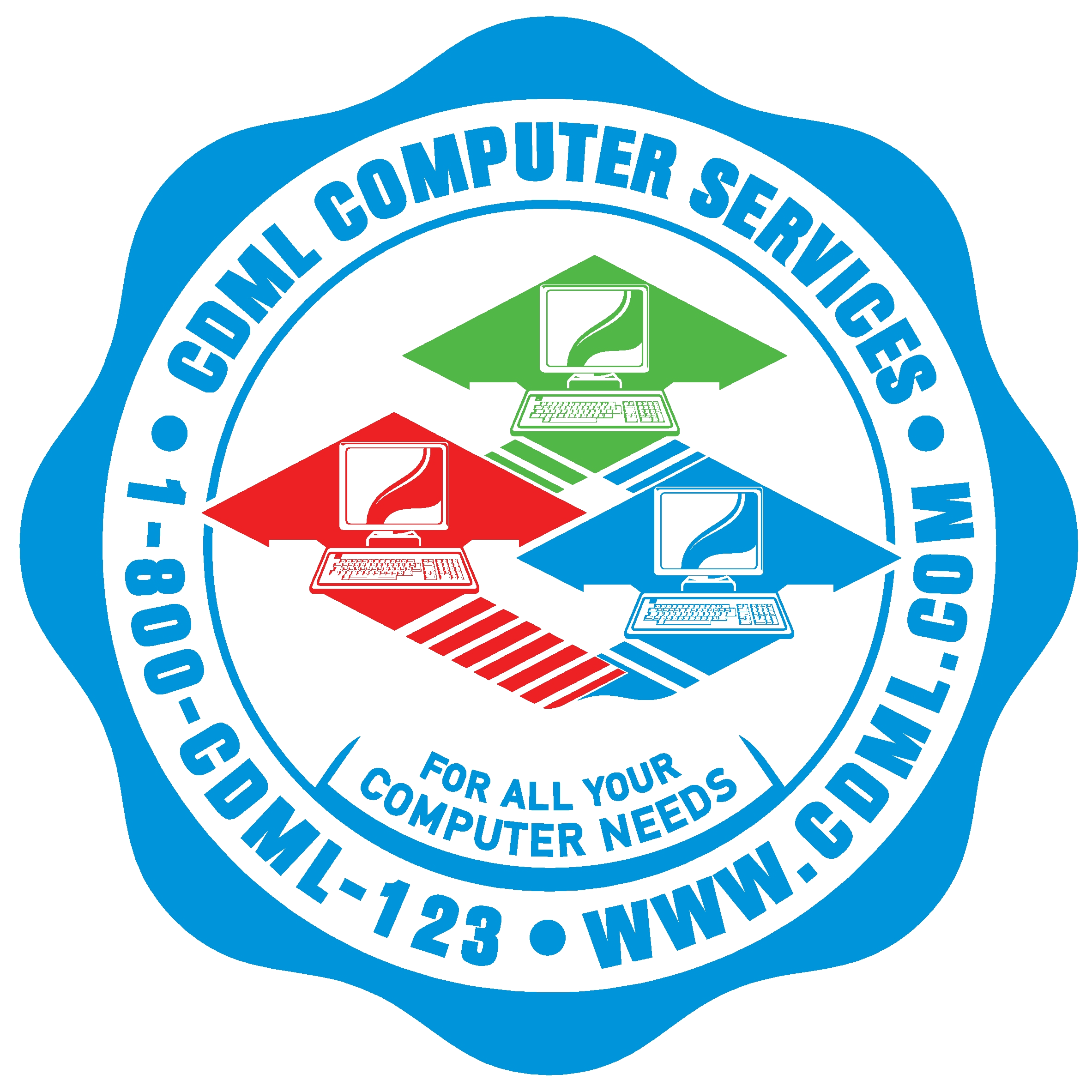Preparing for the Unthinkable
Part 4 of 5: Disaster Recovery (DR) and Incident Response (IR) Plans

For financial firms, the ability to respond effectively to a cyber incident can make all the difference in safeguarding client data and ensuring continuity. Disaster Recovery (DR) and Incident Response (IR) Plans are critical components of 23 NYCRR 500, PCI DSS, and NY SHIELD Act compliance, equipping organizations to handle incidents quickly and minimize damage.
This post explores the essentials of DR and IR planning, real-world examples of their importance, and how partnering with a Managed Service Provider (MSP) like CDML Computer Services can simplify the process.
The Role of Disaster Recovery and Incident Response
While DR and IR plans serve different functions, they work together to ensure business resilience:
- Disaster Recovery (DR): DR focuses on restoring access to data, systems, and applications following a disruptive event, such as a cyberattack or natural disaster. This minimizes downtime and helps firms resume operations as quickly as possible.
- Incident Response (IR): IR details the steps an organization takes immediately following a security breach or other cyber incident. A strong IR plan enables firms to contain the threat, minimize damage, and investigate the cause to prevent future incidents.
Both 23 NYCRR 500 and the NY SHIELD Act emphasize the need for DR and IR plans to ensure that organizations are prepared for cyber incidents. Without these plans, financial firms risk significant downtime, financial loss, and damage to their reputation.
Real-World Scenario: Ransomware Attack on a Financial Advisor’s Office
Imagine a small financial advisory firm hit by a ransomware attack. All client files were encrypted, and the attacker demanded a ransom in exchange for access to the files. Without a Disaster Recovery plan, the firm faced the daunting choice of paying the ransom or losing access to its client data indefinitely. A well-structured DR plan with regular data backups would have allowed the firm to restore its systems from a secure backup, avoiding ransom payment and enabling faster recovery.
Key Components of an Effective DR and IR Plan
Establishing a DR and IR plan requires specific strategies and processes to handle a wide range of potential incidents:
- Regular Data Backups: Backing up data consistently and storing it securely offsite ensures it can be recovered quickly, reducing reliance on ransom payments.
- Clear Roles and Responsibilities: An IR plan should designate specific roles to team members, ensuring everyone knows their responsibilities in an emergency.
- Communication Plan: This element outlines how a firm communicates with clients, employees, and regulatory bodies in the event of an incident, ensuring transparency and compliance.
- Post-Incident Review: After addressing an incident, a review identifies strengths and weaknesses in the response, enabling improvements to the DR and IR plans.
Solutions for DR and IR Planning with CDML Computer Services
Building effective DR and IR plans can be resource-intensive, especially for small to mid-sized firms. CDML Computer Services provides scalable solutions to help organizations prepare for and respond to cyber incidents:
- Secure Cloud Storage for Backups: CDML offers encrypted cloud storage solutions, allowing firms to back up data securely and retrieve it quickly if needed.
- Infrastructure as a Service (IaaS): With IaaS, CDML ensures financial firms have access to scalable infrastructure to recover data and resume operations after a disaster.
- Employee Security Training: CDML provides training to help staff recognize and respond to potential security threats, reducing the likelihood of successful attacks.
- 24/7 Monitoring and Alerts: CDML’s continuous monitoring solutions offer real-time threat detection, so firms can quickly respond to suspicious activity and minimize damage.
Compliance Requirements and Key Solutions
To comply with 23 NYCRR 500, PCI DSS, and the NY SHIELD Act, financial firms must have robust DR and IR plans. CDML Computer Services offers tailored solutions that meet these regulatory requirements, helping firms protect client data and maintain operational continuity.
What’s Next?
With Disaster Recovery and Incident Response plans in place, financial firms strengthen their resilience to potential disruptions. In the final post, we’ll review how an MSP like CDML Computer Services can support each element of 23 NYCRR 500 and WISP compliance with tailored solutions, helping financial professionals protect their businesses and their clients.
This post is the 4th part of a 5-part series on the compliance and technology challenges facing financial professionals in New York. In this series, we explore the key components of cybersecurity and data protection required to meet 23 NYCRR 500, WISP, PCI DSS, and the NY SHIELD Act.
The series includes:
- Understanding 23 NYCRR 500 – Technology and Compliance Challenges and Solutions for Financial Professionals in New York
- Building a Secure Foundation – The Written Information Security Program (WISP) and Data Access Controls
- Strengthening Cybersecurity with Risk Management, Encryption, and Continuous Monitoring
- Preparing for the Unthinkable – Disaster Recovery (DR) and Incident Response (IR) Plans
- Comprehensive Compliance and Security with CDML Computer Services

